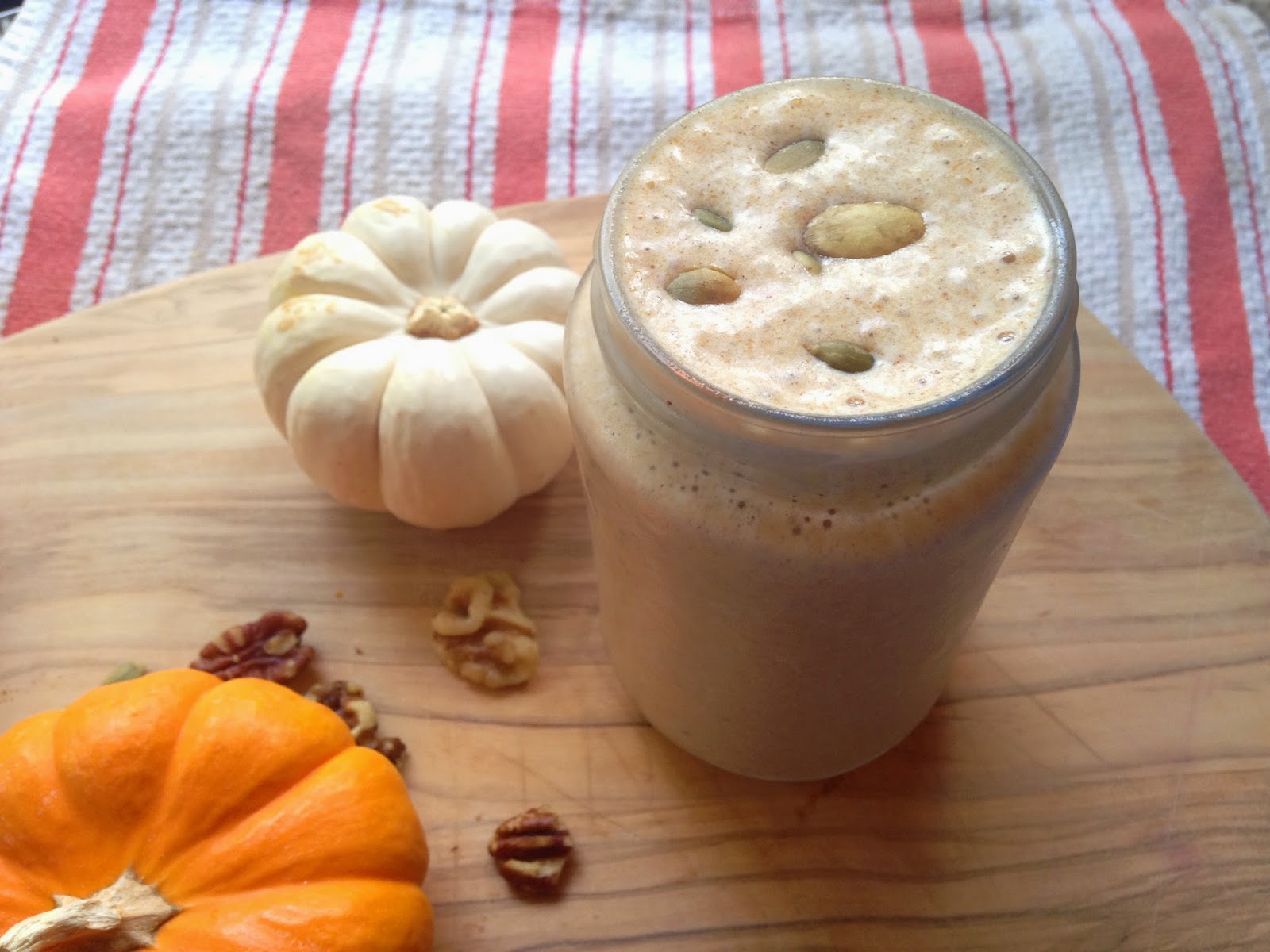One of our recent posts talked about
what to do when your toddler isn't eating, but what about the opposite problem? One of our followers pointed out that her toddler won't stop eating. Showing an interest in food is what us foodies are all about, but here are our tips for handling your cub turned hungry bear. Keep in mind, there are possible medical reasons for overeating so we recommend talking about your child's eating habits regularly with their pediatrician to be sure there aren't any medical issues that need your attention.
Some mealtimes kids will hardly eat a bite and other times we don't know where they're putting it! It's normal for kids to be hungry and eat a ton of healthy nutrient dense food. They are growing and on the move! But if your little one is constantly eating and it's making you take pause, take an inventory of exactly what your child eats each day. We often get stuck in a rut giving in to processed kid snacks. Those snacks make kids hungrier faster, even the ones that claim to be healthy. The refined grains and sugars make them feel temporarily full, but before you know it they're hungry again.
Try increasing their protein intake and avoid processed foods high in refined carbohydrates and replace them with natural carbohydrates high in fiber. Something
like oatmeal* for breakfast instead of cereal will last longer throughout the morning. Skip the crackers, fruit snacks, or fruit filled yogurt (loaded with added sugar) in between meals. Instead, serve something more like fresh fruit with
peanut butter, veggies with
yogurt dip, or vegan cheese. They'll provide more nutrition and keep hunger at bay.
Stick to a schedule -
three square meals a day and two snacks in between is a reasonable schedule. Whatever your schedule, stick to it. Hungry tummies will adjust to mealtimes accordingly and it is okay to be hungry for a few minutes before meals. If they really need that extra snack (we all have those days) have them go to the table or some other spot where they are focused on eating, as opposed to watching TV or playing with toys. Allow them to eat as much healthy food as they want during each mealtime and
don't rush them along. Some kids really take their time at the table, rushing them may mean that they leave the meal unsatisfied.
Setting the rule that
food is only eaten at the table will ensure that kids really are hungry and not just compulsively eating. If they're truly feeling hungry, they will focus on eating. If your kiddo is going through a growth spurt and does need more food, making sure it is eaten at the table and healthy will keep their energy up and blood sugar steady.
Serving unhealthy snacks before bedtime or
using food as a reward sends the wrong message, try using other types of rewards that your kid likes (for example, stickers or extra activities with you). Sometimes eating is something to stop boredom and some people are born nibblers- they just like chewing. But maybe they
aren't actually that hungry- snacks like homemade
popsicles or fruit
leathers would be great in these cases. Activities that keep them busy
could work too, like blowing bubbles, playing the kazoo, etc.
Serving healthy foods and keeping to a mealtime schedule can help prevent power struggles. If a kid's food intake is restricted too much, they may start to feel the need to obsess over food. If so,
keep mealtimes structured but let them decide how much they need to eat. They may eat more at first, but eventually they will trust that the food will be there when they are hungry and will learn to listen to their bodies to tell them when they are full.
If you feel like this is a bigger problem, talk to your pediatrician.
*We recommend fixing oatmeal from scratch instead of using the prepackaged kinds. You can still make it quickly in the microwave but this way you control the sugar content, try using maple syrup!
Overnight oats are a great option as well.


























